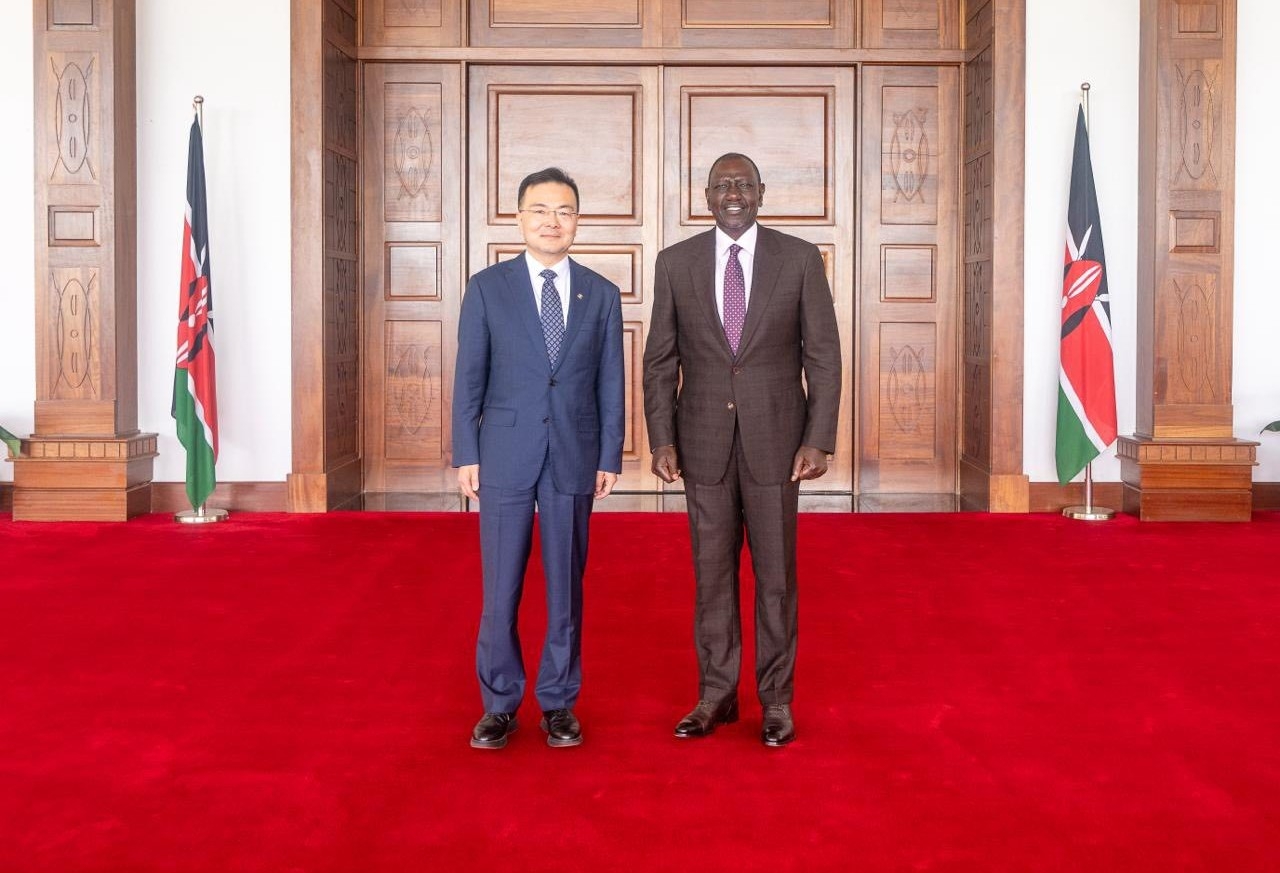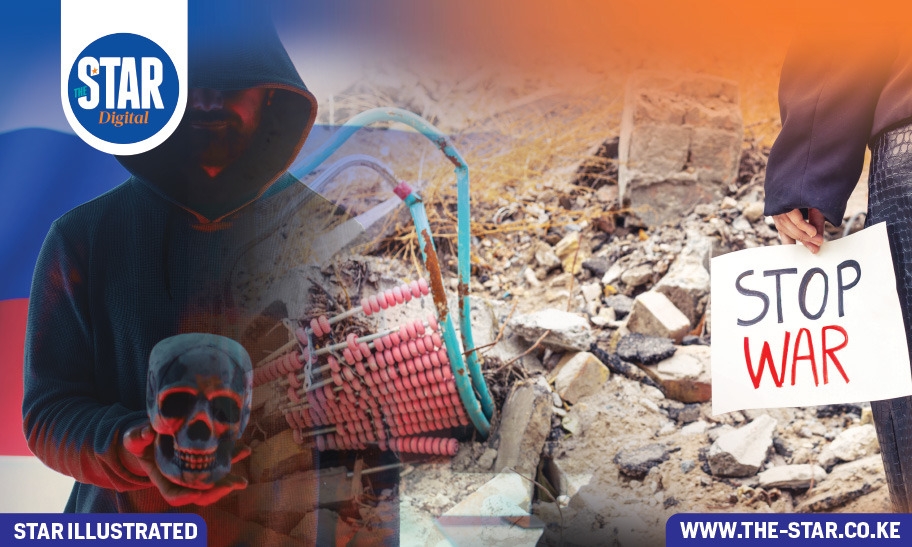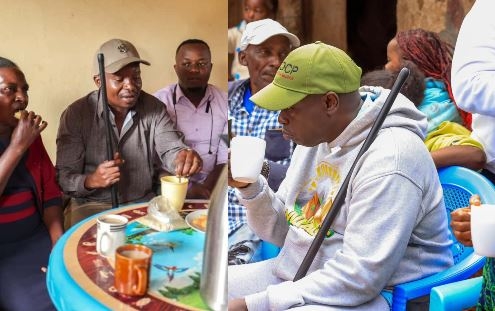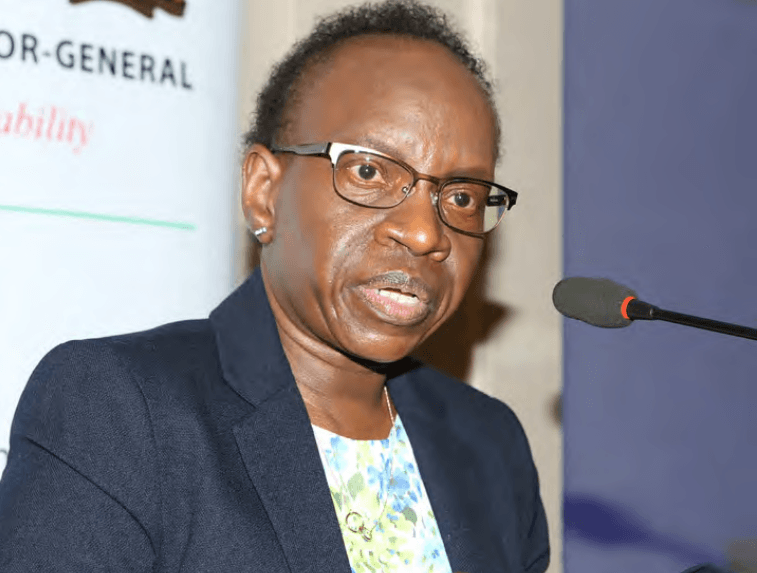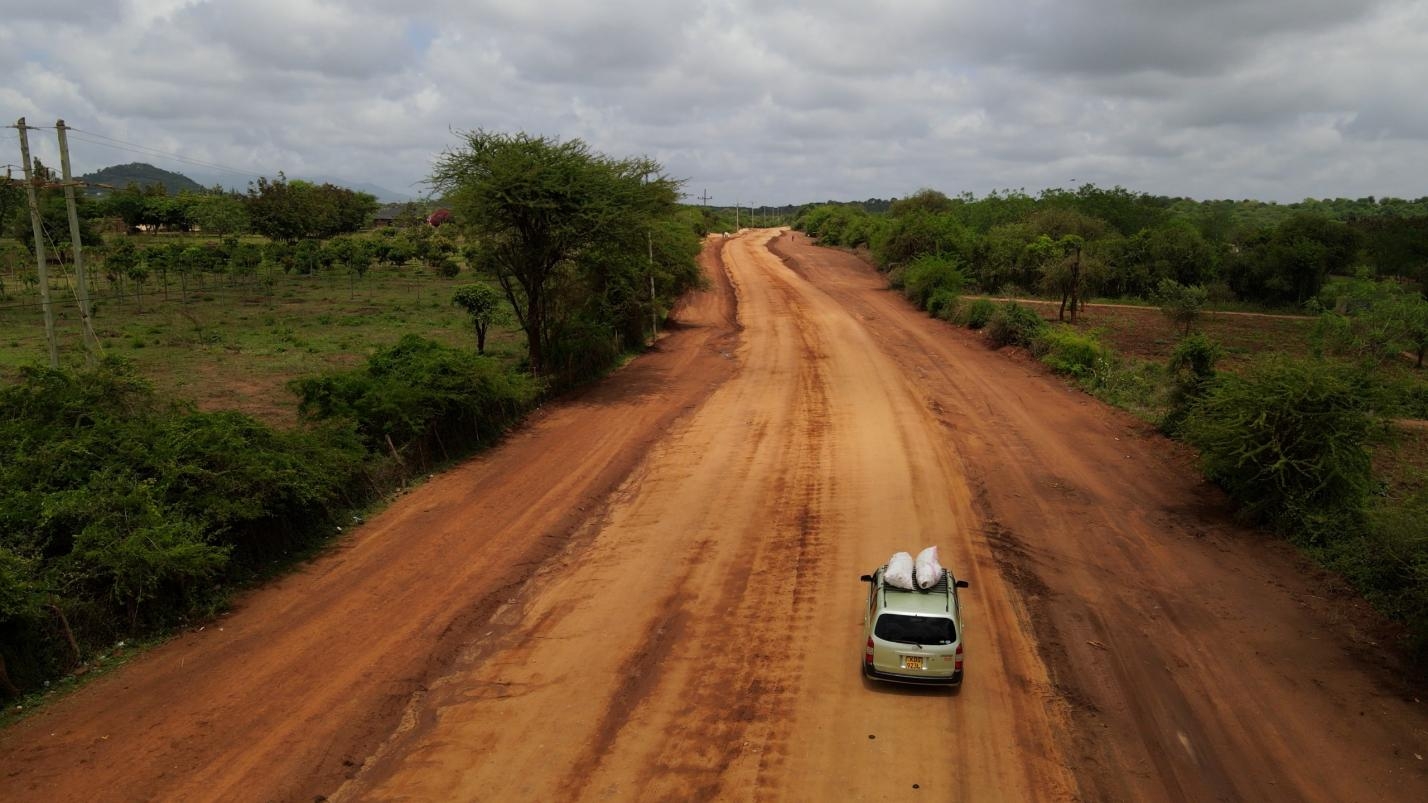The search and recovery mission for the body of a coxswain of the miraa boat that capsized in Lamu on Friday has entered day four.
On Sunday, the boat christened Mwana-Mpesi 2 was recovered on the shores of Mkokoni Island in Lamu East. It was extensively damaged owing to the rough seas.
The coxswain, identified as Musa Mikidadi, alias Bonge, and two cargo handlers were transporting 15 bags of miraa (khat) from Mokowe jetty in Lamu West to Kiunga town on the Kenya-Somalia border when the accident occurred at Mkokoni-Shee-Mwanasha Channel on Friday at around 11am.
The two cargo handlers were, however, rescued hours later.
Speaking to the Star on Monday, Mkokoni-Kiunga Community local divers’ team leader Mohamed Athman said apart from the boat, they also managed to recover seven out of the 15 bags on Sunday afternoon.
Athman said the body of the coxswain was yet to be traced with recovery efforts being hampered from time to time by the high tidal waves witnessed at the Mkokoni-Shee-Mwanasha Channel.
Mkokoni-Shee-Mwanasha is among the renowned dangerous channels in the Lamu Indian Ocean waters.
“We recovered the boat on Sunday afternoon but it is extensively damaged. In fact, the engine is missing. We also recovered seven out of the 15 bags of miraa. All are in bad shape because of the rough seas. The search and recovery mission is still ongoing but the major challenge we’re encountering as local divers is the windy and rough tidal waves. We pray that the coxswain’s body is traced at the end,” Athman said.
Elsewhere, sea users across the Lamu Archipelago want more rescue teams to be formed and placed on standby in certain places of the Lamu Indian Ocean waters known to be dangerous.
The sailors want such teams to be deployed to channels such as Mkokoni-Shee-Mwanasha, Mlango wa Tanu in Mkokoni, Mlango wa Ali in Kiwayu, Mlango wa Bomani in Kiunga, Manda-Bruno, Mkanda, and Shella channels, and Mlango wa Kipungani.
The mentioned channels are known as 'killer channels' because they are located in the deepest parts of the ocean. They are also characterised by rough tides and deadly waves.
Hundreds of people have lost their lives on these channels.
“We want more teams formed and dispatched to these channels, especially during this month of July when the sea is always rough. If we have teams on standby, I believe unnecessary deaths will be averted during marine accidents,” said Omar Bwana, a resident of Kiwayu.
Lamu Disaster Management Unit Director Shee Kupi insisted on the need for fishermen and other sea users in the region to be cautious at sea, warning them against venturing into the dangerous channels.
“The sea is currently rough due to the experienced strong winds and tides. Let’s keep off these channels to avoid further loss of lives emanating from boat accidents,” Kupi said.




